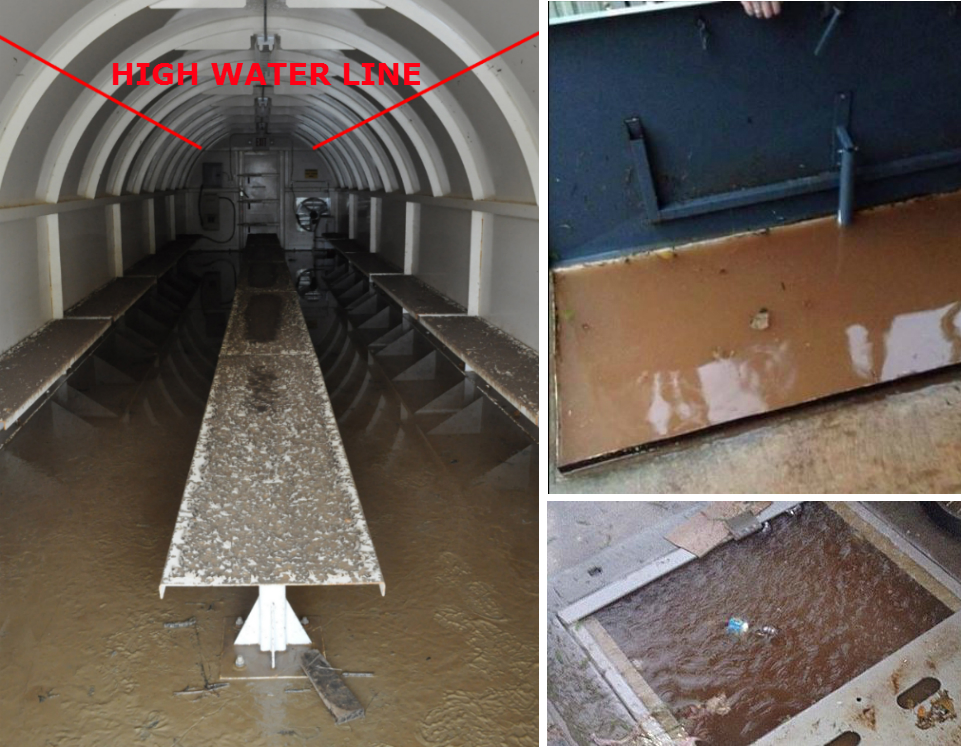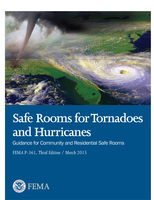Recently we have had a couple clients ask about community storm shelter peer reviews and why we are peer reviewing the designs per the ICC-500 and not the FEMA P-361? The simplest answer is the ICC-500 is a standard that is tied directly to the building code and the FEMA P-361 is a guideline. The ICC-500 must be followed if you are designing a storm shelter using the IBC 2009 or later. The FEMA P-361 guidelines may also be required if the storm shelter is funded by a FEMA grant.
The next question we are often asked is if there are discrepancies between the two documents? That question can be answered by the FEMA P-361 Appendix D which is a “Comparison Matrix of Differences between ICC 500 Requirements and FEMA Recommended Criteria.” As you can see by the provided matrix the main differences are in regards to coastal flooding shelters and first aid kits.
Thanks for following, and remember. Ask questions, do your research, and make an informed decision. The lives of you or others may depend on it.
Written by Shauna Schultz, AIA



